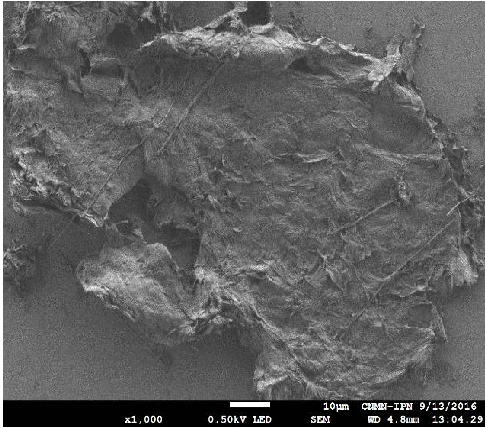 |
|
Chemical methods to produce graphene involve strong oxidation of graphite to obtain graphene oxide (GO) and its subsequent reduction to obtain reduced graphene oxide (rGO). Recently, a novel method to produce rGO has been proposed, which consists on the exposure of GO to microwave irradiation. However, the mechanisms of reduction and exfoliation of GO by using this technique are not clear yet. In this work, the reduction and exfoliation of GO by using microwaves was analyzed with a focus on the water content that allows a successful process. For this, three samples of commercial GO were exposed to different atmospheric conditions and further irradiated in a commercial microwave oven. The samples were characterized before and after irradiation by using different microscopic and spectroscopic techniques. It was found that the water trapped in the samples is the key parameter for a successful reduction and exfoliation of GO by using microwaves. The reduction and exfoliation of GO were macroscopically visible as a significant volume change and color, as well as an increase in conductivity and further corroborated by spectroscopic techniques. For the conditions utilized in this work, the amount of water in GO samples required for a successful process was estimated as 5 wt% of the sample.
Keywords: graphene oxide, reduction, exfoliation, microwave irradiation.
|
|
 |

